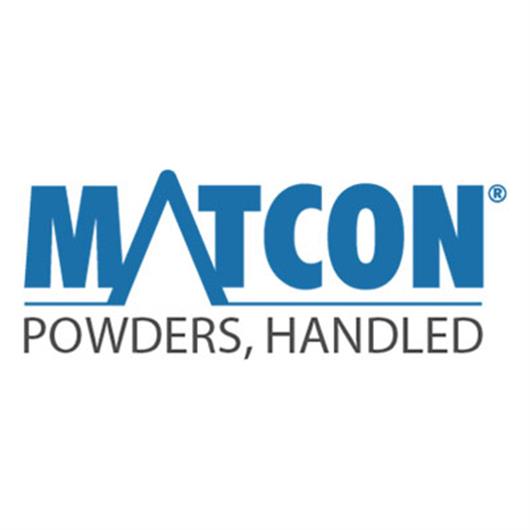 Add My Company
Add My Company
Sign In

I'm sure that you will have heard people in the powder handling industry being disparaging towards tumble- blending, saying that it doesn't work and that any product containing a liquid is out of scope. In this blog we add a counter to that debate and have a test facility and NIR ((near infra-red spectroscopy) that proves tumble blending works with your materials.
There’s more to it than spinning a box
Container-based blending might at first sight seem to be not particularly efficient. How will materials blend if the vessel just rotates round and round? Well with a Matcon system, the geometry of the container (IBC) and the Cone Valve within the IBC work in harmony with the asymmetrical spin axis of the industrial mixer to enhance the randomising blending action of the powder material within the container. These features deliver ‘macro blending’ (groups of particles changing place) through shear and convection and also ‘micro blending’ (individual particles changing place) through diffusion.
The primary mixing actions are from transient fluidised beds occurring as slip planes within the powder mass creating shearing forces and promoting diffusion.
Let me see it in action
At our Centre of Excellence Test Facility in the UK, we have created an IBC with a ‘window’ so that the powder mass can be observed during the blending process. As the IBC rotates, we have been able to witness the powder mass cascading during rotation which is distributing particles over a fresh surface providing diffusion mixing. The rectangular geometry of the Matcon IBC enhances the shear forces. As the IBC industrial mixer rotates a cross-sectional area greater
than the square of the container is created, increasing the horizontal plane. As more energy is applied to the industrial mixer with rotation speed the greater the effect.
More concrete proof
We also offer NIR (near infra-red spectroscopy) to establish that tumble blending works with your materials. It reduces the need for invasive sampling techniques, which can be prone to error. In addition, NIR is able to give real-time results as the blender is in motion, pointing to the exact moment when the materials become mixed. This helps to optimise blend times, which are useful to understand so that you might save time back in the factory that will help to either reduce the number of shifts needed to produce the output or can increase the site’s capacity.
To help guide you towards making an informed decision we have a free checklist for you to use.
For more information on DISPELLING MYTHS SURROUNDING INDUSTRIAL MIXER TECHNOLOGY talk to Matcon Ltd
Enquire Now
More News
List your company on FindTheNeedle.

